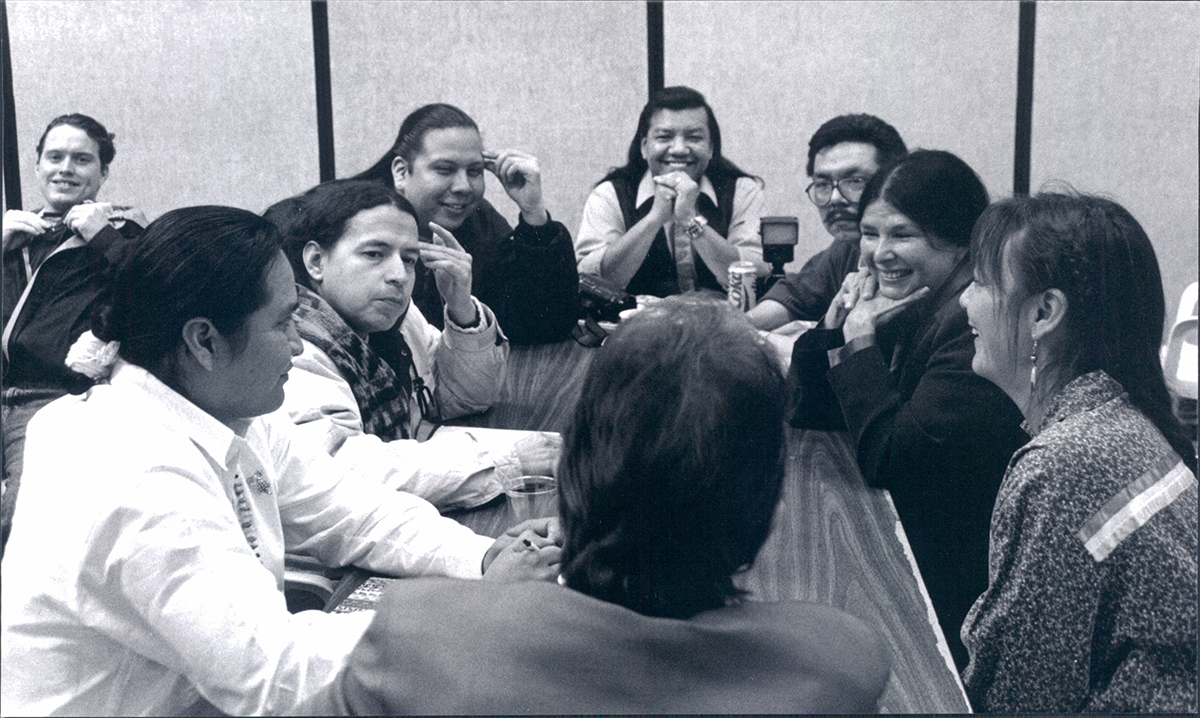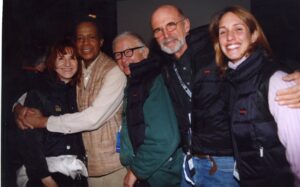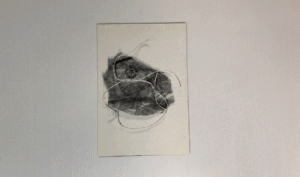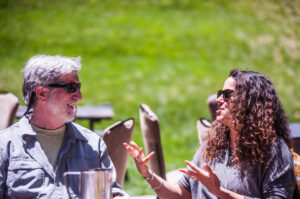(left of center) Native Cinema curator Stephen Roe Lewis and (center) spiritual leader and storyteller Larry Cesspooch along with the In the Tradition: New Dimensions in Native American Film panel participants (left to right) Norman Patrick Brown, Paul Chaat Smith, David Poisey, Alanis Obomsawin, and Tantoo Cardinal during the 1994 Sundance Film Festival. Photo by Sandria Miller
by Tanya De Angelis
In January of 1994, Indigenous artists from the U.S. and Canada gathered in Park City, Utah, to share their 13 features and shorts with audiences as part of the Sundance Film Festival’s first Native Cinema section. The upcoming 2024 Festival will mark 30 years since the section was introduced and the Institute’s Indigenous Program as we know it today began to take shape.
The inaugural program was curated by Stephen Roe Lewis — now the Governor of the Gila River Indian Community — and was introduced by the Institute to further affirm its commitment to Indigenous filmmakers to help support and build a community. The pages from the Festival catalog outlining the program are included below.
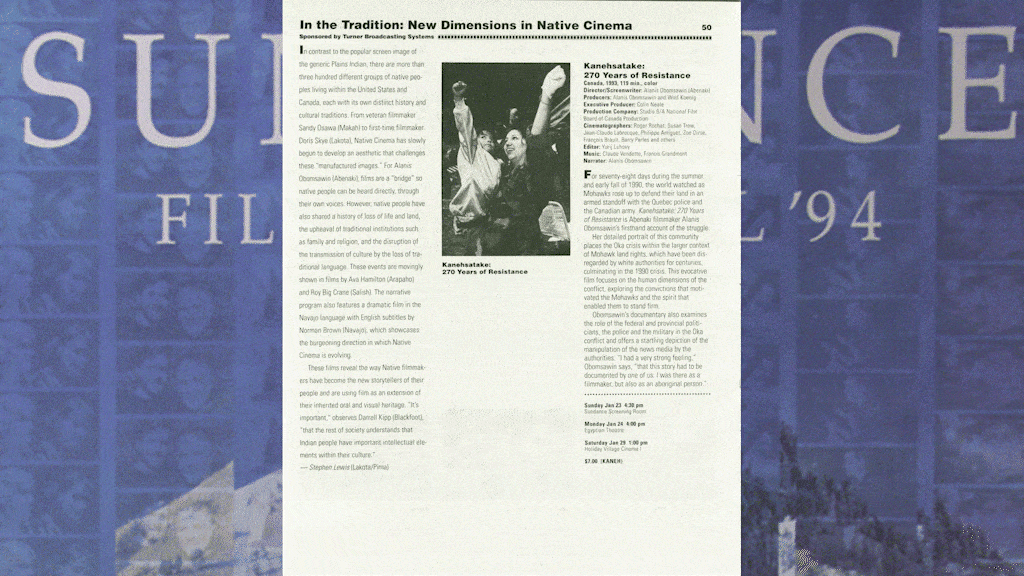
In addition to the films showcased, the In the Tradition: New Dimensions in Native American Film panel (moderated by writer, activist, and curator Paul Chaat Smith) brought together emerging and veteran artists, who discussed appropriation of Native stories, Native representation in the film industry, production opportunities, and the possibilities for change.
Panelists included Tantoo Cardinal, Alanis Obomsawin, Norman Patrick Brown, David Poisey, and Suzan Shown Harjo. Cardinal, who served as a Dramatic Competition Juror and starred in the Festival film Where the Rivers Flow North, also starred in seven other films at the Festival including award winner, Smoke Signals, and most recently, she acted in Martin Scorsese’s Killers of the Flower Moon. Obomsawin’s documentary Kanehsatake: 270 Years of Resistance was part of the 1994 program and she screened six other films at the Festival over the years. Brown and Poisey screened their films Awakening and Starting Fire with Gunpowder, respectively, during the Festival. And though Harjo did not have a film in the Festival, she shared insights from her career in journalism, policy advocacy, media, and film.
The Native Cinema section, later known as Native Forum, continued highlighting Native and Indigenous work during the Festival until 2004, screening over 160 films from artists around the world. The Festival retired the section in 2005, choosing to incorporate a steady stream of selected Native and Indigenous films into other Festival categories. In turn, the Indigenous Program, which formally began nearly 30 years ago, continues to support and elevate Indigenous artists and their stories. Recently the director of the Program highlighted accomplishments over the last year in his blog post An Indigenous Infinity: A Dispatch from Adam Piron.
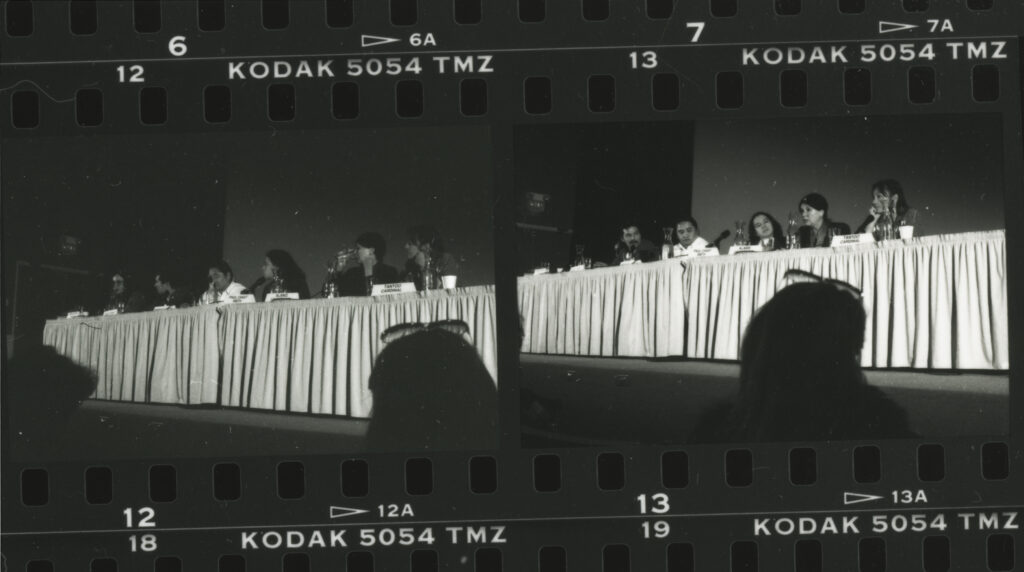
For updates on Indigenous Program events at the Festival and other 2024 Festival programming, join our email list for the latest on screenings, panels, and more.
From press kits to posters, films to photos, and scripts to scores, the Sundance Institute Archives & Collection inspires and educates through preservation and access to seminal work of independent artists and the unique history of the organization. By sharing the history of independent storytelling, the Archives & Collection provides an opportunity for discovery and dialogue around creative work and its impact on contemporary culture. Learn more at sundance.org/archives

